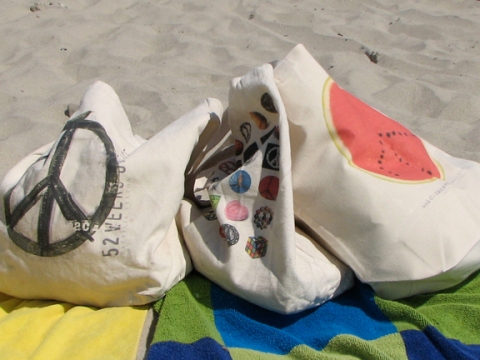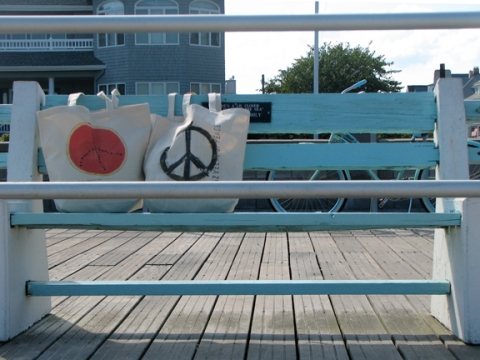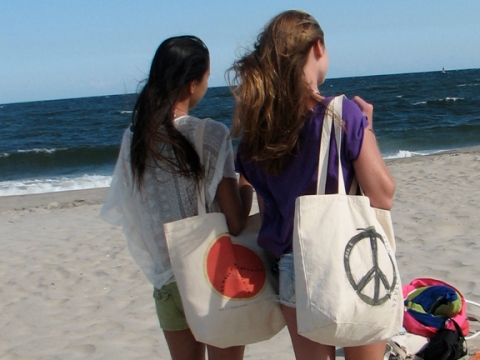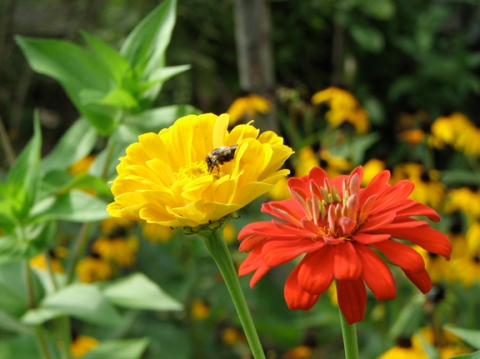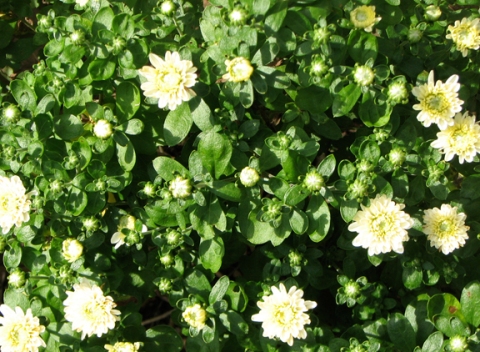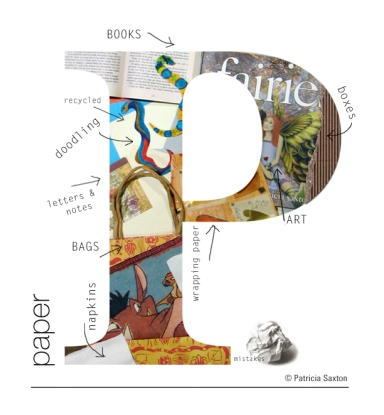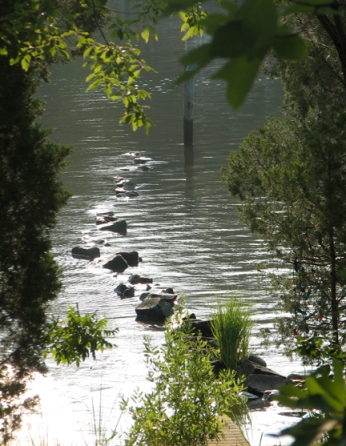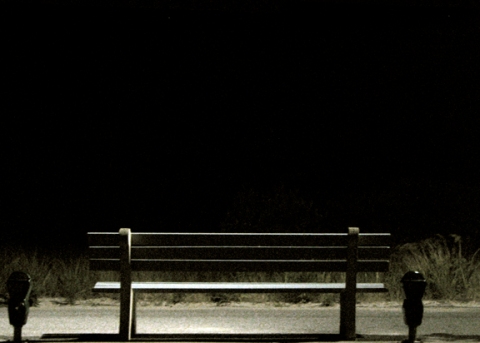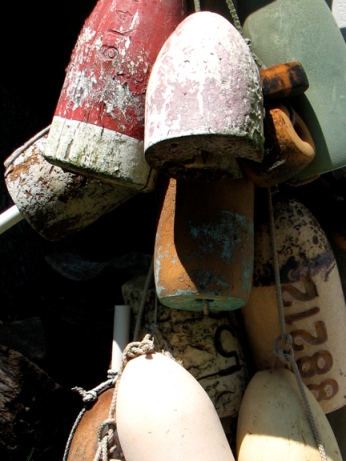This September 11th marks the 10th anniversary of the 9/11 attacks. We have all felt the effects of that day, individually and collectively, our reactions ranging from a deeply personal emotion to public outcry.
It is my privilege and honor to be a participating artist in the 9/11 art exhibit described below. I hope those of you in the New York metropolitan area will be able to attend and experience this very special showing.
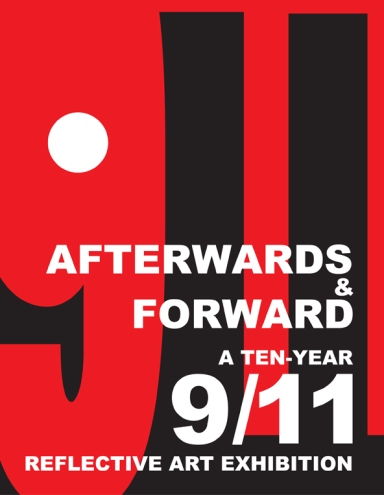
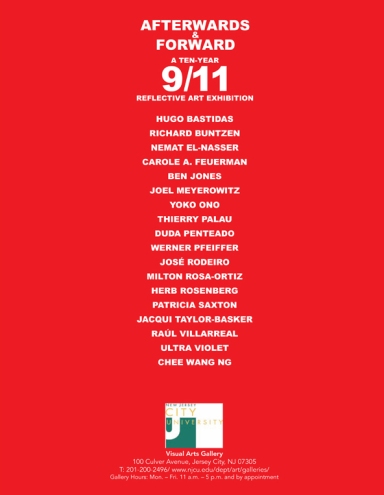
…………………………………………
In recognition of the tenth anniversary of 9/11, New Jersey City University will present “AFTERWARDS and FORWARD: A ten-year 9/11 reflective art exhibition,” a group show featuring works by 18 international artists, including Joel Meyerowitz, Yoko Ono, and Ultra Violet, as well as two works on loan from the National September 11 Memorial & Museum.
The exhibit will be on display from Monday, August 29 through Tuesday, September 27, in the Visual Arts Gallery, 100 Culver Avenue in Jersey City. An artists’ reception will be held 4:30 – 7:30 p.m. on Monday, September 12.
On loan from the National September 11 Memorial & Museum will be Milton Rosa-Ortiz’s “Tree of Knowledge of Good and Evil,” a lightbox with World Trade Center debris, and Werner Pfeiffer’s artist’s book, “Out of the Sky-9/11 a tribute.” Among other works featured in the exhibit will be Mr. Meyerowitz’s “Nov. 12, 2001, 2001 North Tower Shroud in Smoke and Spray,” a photograph from his “Aftermath: Images from Ground Zero, 2001” series; Yoko Ono’s wish tree, and Ultra Violet’s sculpture, “IX XI.”
Exhibiting artists will also include Hugo Bastidas, an NJCU professor of art; Richard A. Buntzen, a 2009 NJCU alumnus; Nemat El-Nasser, Carole A. Feuerman, Ben Jones, NJCU professor emeritus of art; Thierry Palau, Duda Penteado, José Rodeiro, an NJCU professor of art; Herb Rosenberg, NJCU professor and chair of art; Patricia Saxton, Jacqui Taylor-Basker, Raul Villarreal, and Chee Wang Ng. Works by these artists include paintings, collages, prints, sculpture, graphic designs, a film, and an installation.
“AFTERWARDS and FORWARD” considers the implications of the momentous events of 9/11 and endeavors to shed light on a host of prevailing issues about violence in the world and to promote dialogue, deeper reflection, meditation, and contextualization relating to or emerging from the 9/11 disaster.
Works selected for the exhibition include works created in the wake of 9/11 or its ensuing war-on-terror in any medium and works about peace created after 9/11. Three themes are represented in the exhibition: artistic responses to 9/11; artistic responses to the war on terror; artworks to promote peace efforts. Each artist whose work has been selected for the exhibit has demonstrated a strong commitment to anti-war issues throughout his or her career.
The tenth anniversary of 9/11 holds great significance for both Jersey City and New Jersey City University. Jersey City served as the primary staging-area for aid, support, search-rescue, organization, escape, and clean-up. With its uniquely ethnic faculty and student population representing 57 languages, NJCU is a microcosm of the diverse socio-economic populations impacted by the events of 9/11.
Gallery hours are 11:00 a.m. – 5:00 p.m., Monday through Friday, and by appointment. For further information call Dr. Midori Yoshimoto, NJCU director of campus galleries, at (201)200-2197.
…………………………………………
A reminder will be posted as the event draws closer.




